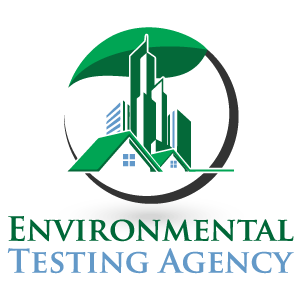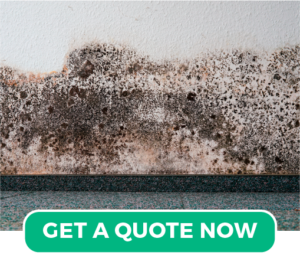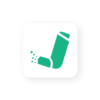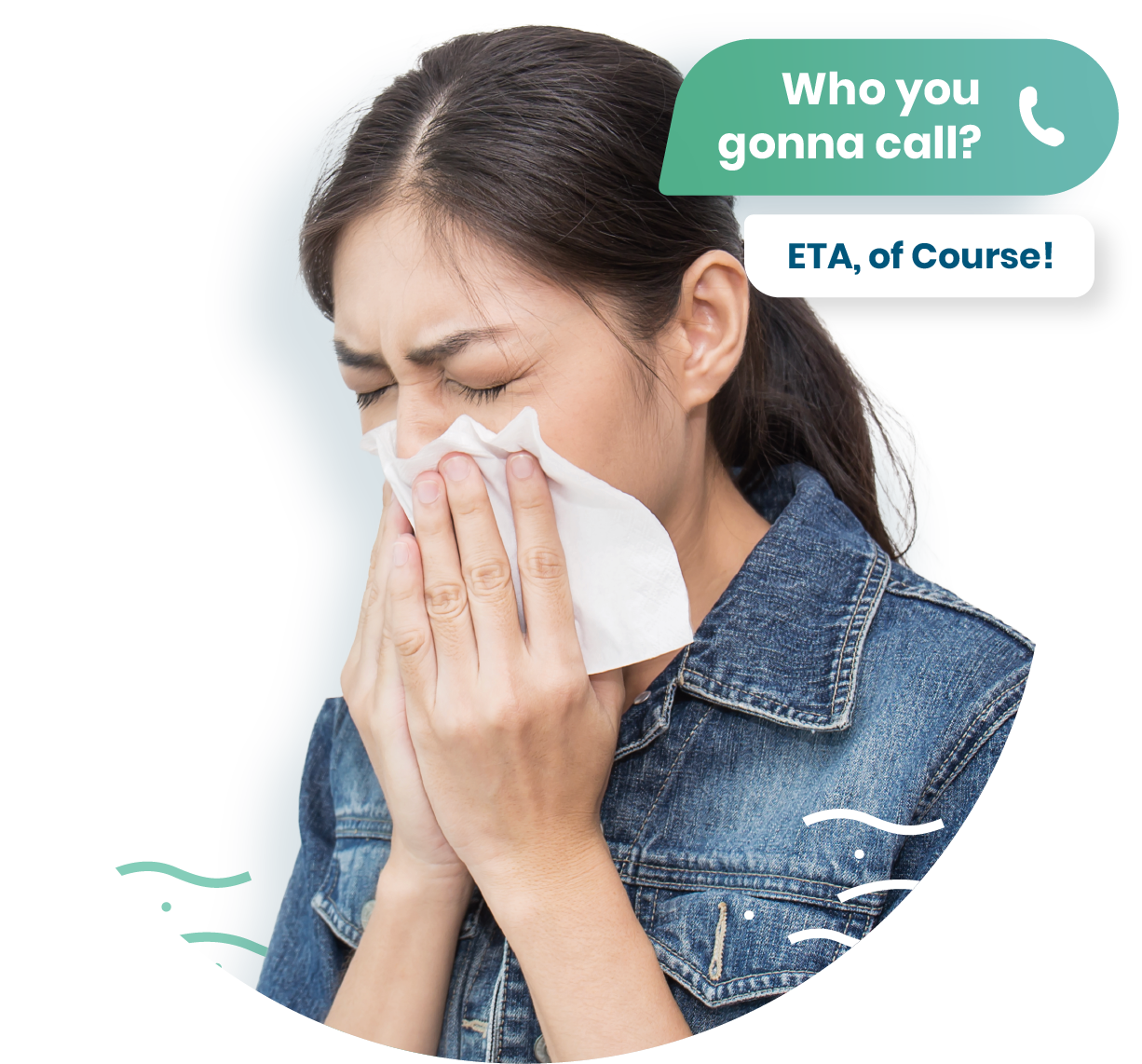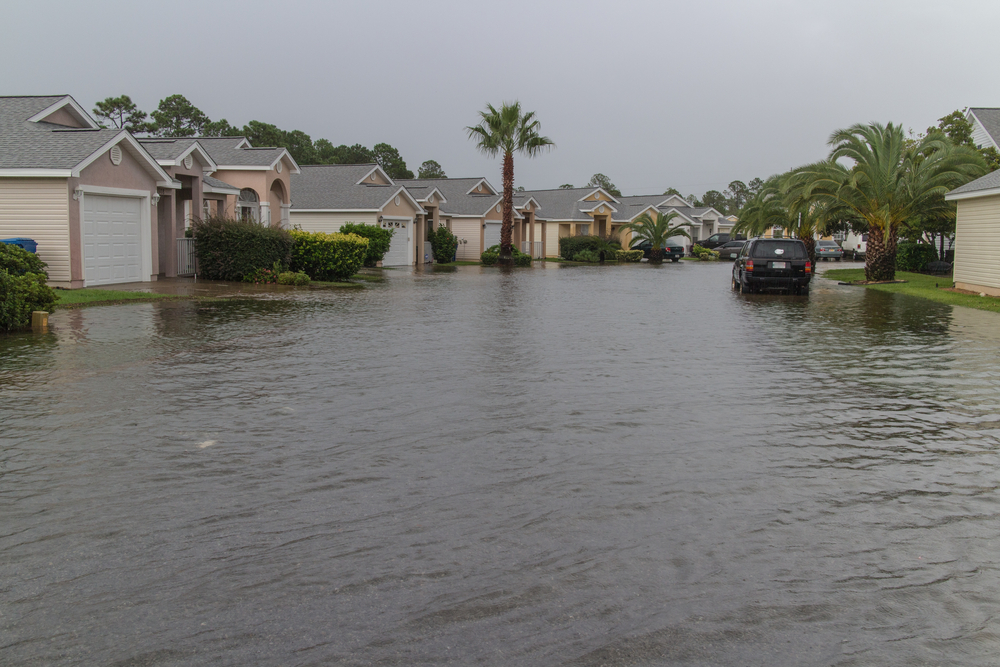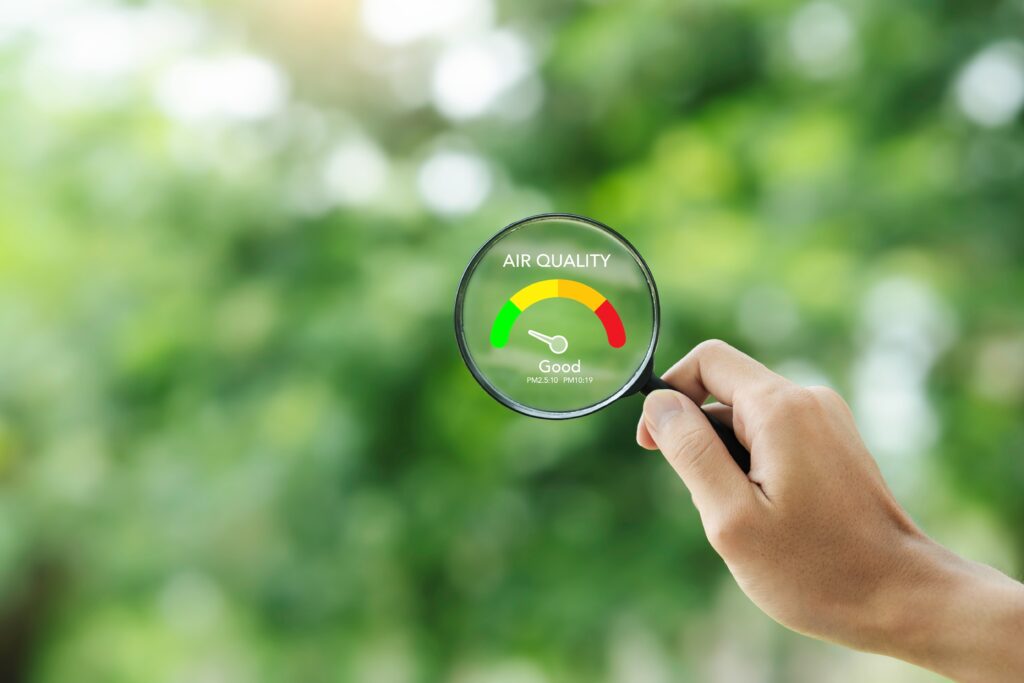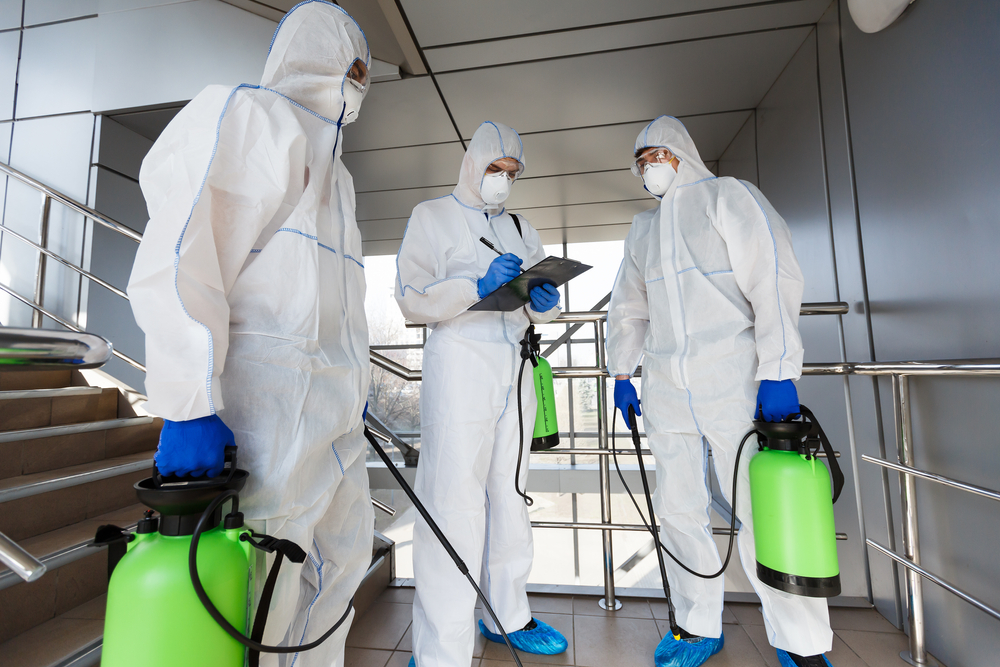All about Hurricane Season in Florida
and how we are certified to help you!
All about Hurricane Season in Florida
and how we are certified to help you!
Living in Florida offers many benefits and advantages, but the “Sunshine State” is also known for its hurricane season. During this period, the state is more susceptible to tropical storms and hurricanes due to its geographical location and warm waters. Here’s some information about hurricane season in Florida and why its weather can contribute to mold issues.
Hurricane Season in Florida: What to expect
The threat of hurricanes is very real for Florida during the six-month long Atlantic hurricane season. A common misconception in Florida is that there are parts of the state that do not get hurricanes. Since 1850, all of Florida’s coastline has been impacted by at least one hurricane. With its long coastline and location, Florida frequently finds itself in the path of these intense storms. Areas around Tampa, Jacksonville and the Big Bend do not have as high of a risk of a direct strike from a hurricane but are still susceptible to a landfall each year. Even if the hurricane makes landfall elsewhere in the state, the impacts can be felt hundreds of miles away.
- Duration: The official hurricane season in Florida runs for six months, from June 1st to November 30th. However, hurricanes can occasionally form before or after this period, though it’s less common.
- Frequency: Florida is one of the most hurricane-prone states in the U.S., with a higher likelihood of experiencing hurricanes and tropical storms compared to many other regions.
- Warm Water: The warm waters of the Atlantic Ocean and the Gulf of Mexico provide the energy needed for hurricanes to form and intensify. This is why Florida is often a target for tropical storms and hurricanes during the summer and early fall when sea surface temperatures are at their highest.
Preparing for a hurricane
- Create a Hurricane Kit: Assemble a hurricane kit that includes non-perishable food, water, flashlights, batteries, a first aid kit, important documents, and essential medications.
- Evacuation Plan: Develop a family evacuation plan. Know your evacuation zone and the nearest shelters.
- Secure Your Home: Trim trees, secure loose objects, and reinforce windows and doors with hurricane shutters or plywood.
- Communication: Have a battery-operated weather radio and a charged cell phone to stay informed about the storm’s progress.
- Insurance: Ensure your home and belongings are adequately insured for hurricane damage.
There are various types of lists that can help you prepare for hurricane season. The Florida Department of Emergency Management has come up with a disaster supply kit checklist to help you adequate these lists to your own household or business needs. Take the time to go through the official channels and make sure you’re safe and prepared.
Create a Hurricane Plan for:
Your Family: https://www.floridadisaster.org/family-plan/
Your Business: https://www.floridadisaster.org/business/
Securing Your Home Against Flood and Mold
Heavy rains, floods, and hurricanes are three key factors in the spread of mold in homes and buildings. To prevent mold issues it’s essential to take proactive measures, especially during and after hurricane season. Fortunately, our 24/7 service is always ready to help.
Here are some essential tips to keep your home or business safe:
- Flood Insurance: Consider purchasing flood insurance through the National Flood Insurance Program (NFIP). It’s essential, especially if you live in a high-risk flood zone.
- Elevate Electrical Systems: Elevate electrical panels, outlets, and appliances in flood-prone areas of your home.
- Seal Windows and Doors: Properly seal windows and doors to prevent water infiltration. Use weatherstripping and caulk.
- Elevate Furnishings: Elevate furniture, appliances, and valuables off the ground to reduce flood damage.
- Mold Prevention: After the storm, dry out your home quickly to prevent mold growth. Use dehumidifiers, fans, and open windows to increase ventilation.
It is crucial to address the potential post hurricane season damages, and here is where we step in. Remember to call a professional company that can help you with a complete inspection and remediation process.
What is Mold?
Mold is a fungus that is most likely to appear in areas exposed to water or moisture. You can identify this problem in your home by signs, such as discoloration of the walls or ceiling or a musty odor. Hurricane season is full of storms and flooding, so to make sure your home is safe and free of mold problems, give us a call!
Hurricane Season Protection: Homeowners & Rentals
If you live in Florida, you’re probably well aware of the annual hurricane season, and how important it is to prepare for potential storms, getting ready to gear up your home against fierce hurricane-force winds, pack essentials, evacuate and remain safe.
But the fact of the matter is that everyone who can potentially be affected by a hurricane should purchase adequate hurricane insurance coverage. Even though hurricanes prove catastrophic year after year, many homeowners fail to properly protect their property against hurricane season. That being said, here’s a couple of things to have in mind.

Is Hurricane Insurance Required in Florida?
Hurricane insurance is required for people who own and carry a mortgage on houses or condos, including landlords, in the form of a windstorm insurance policy. The Florida legislature began requiring this policy, which is bundled into Florida homeowners, condo and landlord insurance policies at the time of purchase.
The only exception is with renters. Although all renters insurance policies in Florida do cover hurricane damage to the tenant’s belongings, renters insurance isn’t required by the law.
What Does Hurricane Insurance Cover in Florida?
Hurricane insurance in Florida covers your home, belongings and additional living expenses that are associated with any wind-related claims up to your policy’s maximum limits. So you’ll need to ensure you have enough coverage to completely rebuild and replace everything before hurricane season begins.
- Homeowners get the most extensive hurricane coverage, but they also typically have the most expensive properties and policies.
Almost everything on their property is covered in the event of a hurricane loss, including the home’s structure, other structures on the property, personal belongings and extra expenses if they’re forced to temporarily move out of their home due to hurricane damage.
- Landlords’ properties and other structures on the property are covered for hurricane damage and, if the home faces extensive damages and the tenants are forced to move out, landlords may also get reimbursed for lost rent while the home is being repaired.
- Renters have protection for their personal property in the event of hurricane damage, which is extremely important since many renters have no idea they own so many things.
After a storm, Mold can
become another disaster
We are here
to help you!
ETA is one of the BEST air quality and mold inspection companies for Florida homeowners
How do we identify mold after a disaster?
Be aware of signs such as discoloration or musty odor, and call in the experts. Our 3-step inspection process starts with determining the problem, then fixing it, and finally taking some action to prevent this problem from happening again.
What are the dangers of having mold at home?
Mold grows and multiplies whenever there is sufficient moisture and organic matter. Its growth can damage furniture, structural elements, and other possessions. But most importantly, mold contains toxic substances that, when inhaled, can harm you and your family’s health.
How do I know if I have been exposed to mold?
Some of the most common symptoms are a stuffy nose, irritated eyes, sneezing, skin irritation, difficulty breathing, and shortness of breath.
CALL US! Environmental Testing Agency provides Mold Testing and Mold Inspection services in South Florida
Talk to an environmental testing Agency.
It is crucial to address the potential causes of indoor air quality problems, especially after a big storm season. If left untreated, air quality issues can have a detrimental impact on our health. Infants, children, and the elderly are particularly susceptible to poor air quality. In Florida, mold is the number one cause of respiratory problems in children. We want to help you. Allow us to be your breath of fresh air. Get your air quality tested TODAY with ETA! Call for an appointment: mold testing and moisture assessment with a detailed report providing insurance documentation.
Remember that staying informed and having a well-thought-out plan can greatly increase your safety during hurricane season in Florida. Follow the advice of local authorities and take precautions to protect yourself, your family, and your property.
OUR PROCESS

DETECTION

TESTING

ASSESSMENT
HURRICANE FAQ
Hurricanes can lead to mold issues in your Central Florida home. Taking the necessary safety precautions is vital and make sure there aren’t any places where water could easily enter your property. Clear your rooms of any accumulated moisture by using dehumidifiers and opening the doors and windows.
Ensure that you’ve done everything to keep water from entering rooms and fix everything that has the potential to let water inside, including broken windowpanes and improperly closing doors and windows.
Our Inspection Process: Determining what the problem is, how to fix it, and prevent it in the future is the basis of our 3-step inspection process.
Yes, hurricane damage can and often does cause mold growth within your property. As hurricane winds can cause openings in your roof, windows, and other weak spots, it is easy for water to get into your home and cause mold to grow in as little as 24 hours.
The time length of water damage restoration depends heavily on the amount of damage within your home. Demolition, remediation, drying, vent cleaning, repairs, and complete restoration can take up to several weeks to complete.
If you have water damage in your home after a hurricane, a water damage restoration company like CLEAR Restoration will start the cleaning process by making sure no additional water is getting into your home and will patch up any openings. From there, CLEAR Restoration will start the drying process using water extraction machinery to ensure your home is dry and safe.
Hurricane damage comes in all different proportions. From roof damage to flooding, a hurricane can affect every part of your home, even the inside. A full inspection of your home after a hurricane blows through is probably the best and safest way to locate any and all damage.
Remove wet sheetrock, carpeƟ ng, furnishings and other building materials to prevent mold growth. and reduce dust by weƫ ng down fl ood and mold-damaged materials before removal anddisposal.
More About Hurricane Season
Contact Us
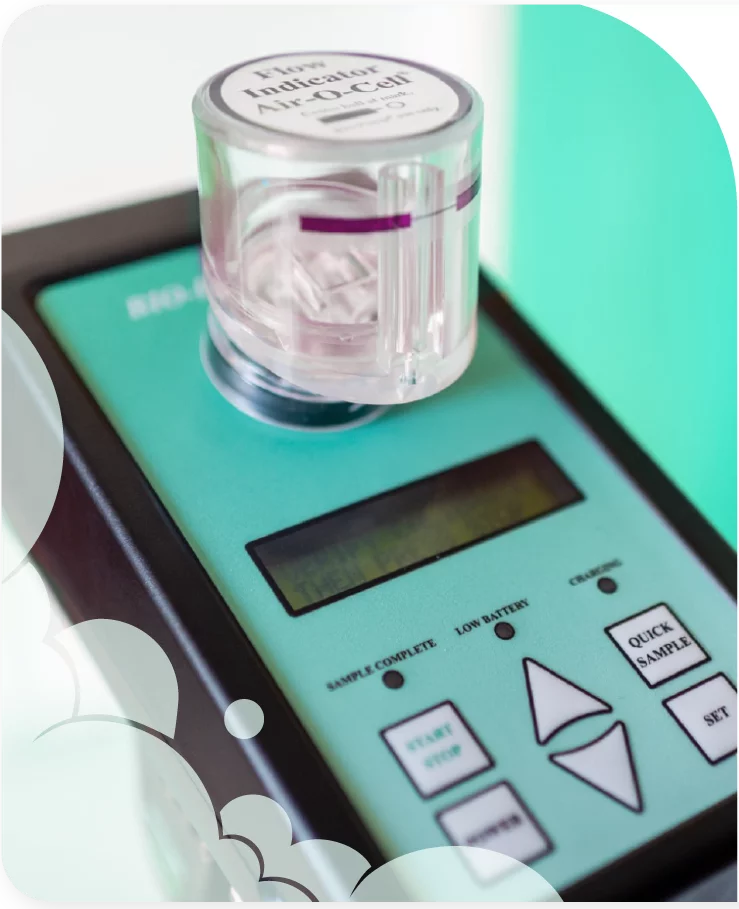
Request
A Free Estimate


